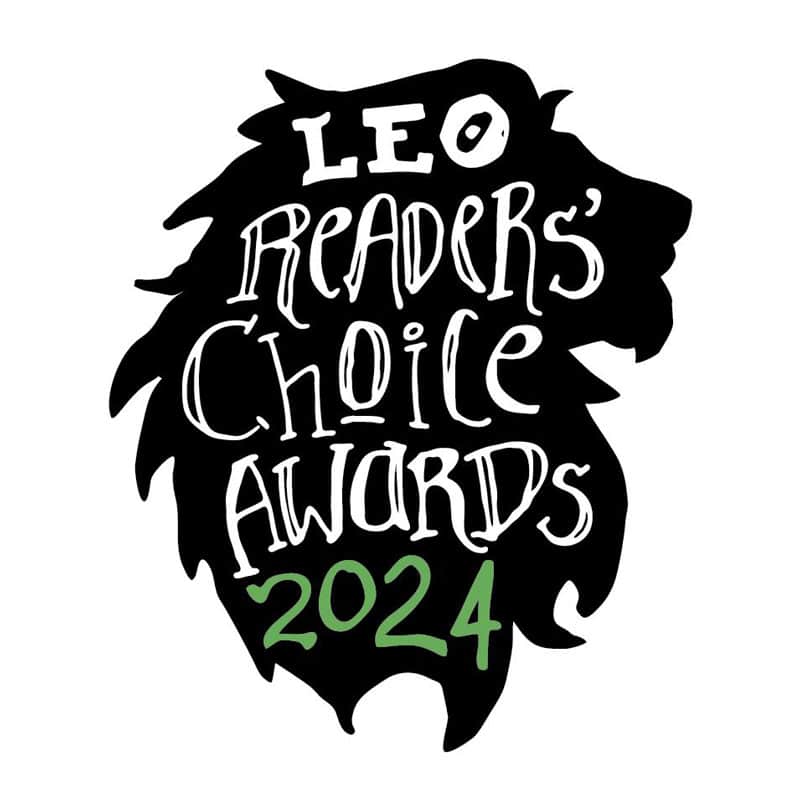In a world where the sun’s rays are both beloved and feared, understanding the best practices to prevent skin cancer is more important than ever. With summer just around the corner, skin health is a hot topic – pardon the pun – and mastering prevention strategies can literally be a life-saver. But did you know that beyond sunscreen and brimmed hats, some unconventional discussions are changing the landscape of skin cancer prevention? The recent spotlight on cannabis extracts and their interaction with melanoma cells opens a new chapter in our fight against this pernicious disease. Here’s how to ‘up’ your skin cancer prevention game, along with a surprising twist on potential cancer treatments.
The Sunscreen Rules – Beyond SPF Ratings
The quintessential beach accessory, sunscreen is the armor that shields your skin from the sun’s UV onslaught. But not all sunscreens are created equal, and protection is about more than just a high SPF rating. Here are some life-smart tips to maximize your defense:
Choose a Broad-Spectrum Formula
Not all UV rays are created equal. UVA rays penetrate deeply into the skin and can cause long-term damage, potentially leading to skin aging and skin cancer. UVB rays are the primary cause of sunburn and can also cause skin damage. Ensure your sunscreen protects against both with a broad-spectrum label.
Mind the SPF, but Don’t Rely on It Exclusively
A high SPF is essential. However, its protection has limits, particularly at a beach – where the allure of the water can mean the sunscreen washing off. Reapply every two hours, and immediately after swimming or sweating.
Remember the Sun-Safety Trifecta
In addition to sunscreen, hats, sunglasses, and UPF clothing offer comprehensive protection. Wide-brimmed hats protect your head, face, and neck. Sunglasses shield your eyes from UV radiation, which can also cause cataracts and conjunctival issues. UPF clothing intensifies your full-body armor by resisting UV penetration.
Seek the Shade Between Peaks
The sun is at its strongest between 10 a.m. and 4 p.m. Whenever possible, take refuge in the shade during those peak hours. It’s an effective strategy for reducing your UV exposure.
Indoor UV Existence
Believe it or not, UV radiation penetrates windows, and it’s cumulative in effect. This is notable given the prevalent trend of indoor tanning, a practice now inextricably linked to rising skin cancer rates.
Diet and Skin Cancer – A Holistic Approach
Your diet is a foundation for overall health, and it also plays a role in your skin’s resilience against cancer.
Choose Foods Rich in Antioxidants
Foods like berries, dark leafy greens, and nuts contain antioxidants that combat free radicals, neutralizing their harm and potentially reducing the risk of skin cancer.
Incorporate Omega-3 Fatty Acids
The battle against skin cancer is also a fight against inflammation, a process linked to many diseases, including cancer. Omega-3 fatty acids found in fish, flaxseed, and walnuts can reduce inflammation and, perhaps, the risk of skin cancer.
The Cannabis Paradigm in Skin Cancer Research
The conversation around cannabis has evolved to explore its potential as an ally in cancer battlefields, specifically in the case of skin cancer. The recent findings of a study on a cannabis extract’s effects on melanoma cells are compelling.
The Study’s Observations
A cannabis extract named PHEC-66 has demonstrated powerful effects in interactions with melanoma cells, potentially leading the way for new treatment development.
Practical Applications in Perspective
While these findings are promising, it’s essential to remember that they are in the early stages of investigation. Possible practical applications for users are likely a long way off.
Key Takeaways from the Findings
The potential for cannabis extracts as a complementary approach to melanoma treatment is a beacon of hope. However, more comprehensive studies and, ideally, trials in combination therapies are required.
Keeping An Eye on Cannabis in Dermatology
While research gathers momentum, the intersections of cannabis and dermatology will be of significant interest, potentially shifting treatment conversations across various skin conditions.
Innovations and Tech in Skin Cancer Detection
In our quest to stay ahead of skin cancer, technology is an ally, too.
Digital Dermoscopy
Technological advancements have introduced tools like digital dermoscopy, a type of skin examination with high-resolution images that aid in the early detection of unusual moles or growth patterns.
Skin Cancer Apps
Apps designed to track changes in moles over time can serve as a personal monitoring system, alerting users to seek professional evaluations when changes are detected.
Behavioral and Environmental Factors
Understanding the role of behavior and environment in skin cancer prevention is illuminating.
Awareness and Routine Checks
Behaviors such as routine self-checks and professional skin exams are imperative for early detection and action. Knowing the warning signs and the ABCDEs of melanoma moles could be life-saving knowledge.
Environmental Factors
The cumulative exposure to UV radiation has more than short-term risks. Understanding your environment’s UV index and making informed choices in how you interact with the sun is vital.
The Future of Skin Cancer Prevention
Skin cancer prevention is a multi-faceted endeavor that blends advancements in technology, emerging research, and age-old wisdom for a comprehensive approach. With continued education and an open dialogue on innovative discoveries, we stand to redefine what ‘protection’ means in the context of our skin health.
Research and Development
Continued investment in research and development, from finding more effective sunscreen ingredients to breakthrough treatments like the cannabis extract study, will shape the future of skin cancer prevention.
Public Health Initiatives
Public health initiatives aimed at education, access to care, and environmental policies will influence community practices and policies that protect against skin cancer.
Collective Action and Advocacy
The fight against skin cancer is a collective effort, from individuals advocating for their own health to organizations driving policy changes. The more voices that join the conversation, the stronger our stance against skin cancer becomes.
The sun, a benevolent force that sustains life, must be respected in its power to also threaten it. Combining ancient wisdom with modern science, we inch closer to a world where skin cancer is less a fear and more an obstacle we conquer with every informed decision we make. The path to prevention is brighter than the sun, and it is through such illumination that we weave our best defense. Your story is waiting to be written – ensure it’s one of resilience, safety, and the hope for a day when skin cancer is a chapter we can confidently close.
*The statements made regarding these products have not been evaluated by the Food and Drug Administration. The efficacy of these products has not been confirmed by FDA-approved research. These products are not intended to diagnose, treat, cure or prevent any disease. All information presented here is not meant as a substitute for or alternative to information from healthcare practitioners. Please consult your healthcare professional about potential interactions or other possible complications before using any product. The Federal Food, Drug, and Cosmetic Act requires this notice.















